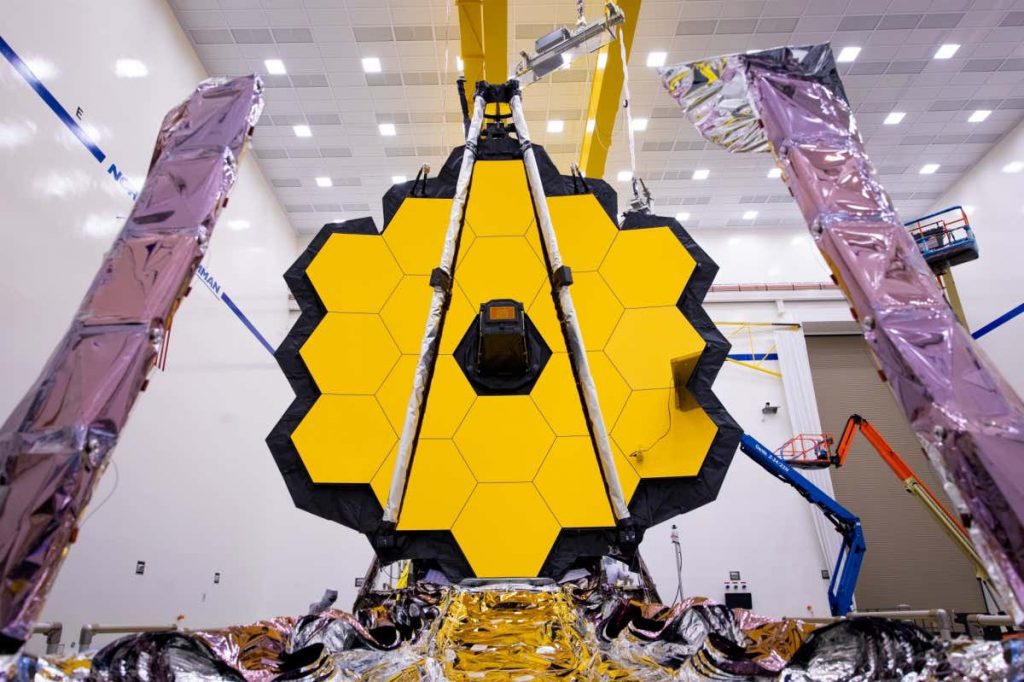The James Webb Space Telescope is close to the end period of its dispatch plans and is just days from unraveling new favored bits of knowledge about our universe. Advanced as the most amazing telescope anytime manufactured, Webb will be went with to space on December 22 on an Ariane 5 rocket and the specialists are gone up against with the test to execute the transportation without any threats to the observatory’s instruments.
While it is stacked with a great deal of absolutely fundamental instruments, its by and large unquestionable, eye-getting, and most intriguing instrument is the 21-foot primary mirror, made of 18 minimal hexagonal mirrors, which have a plating of gold. Given that you’re inquiring as to why gold out of other ample elements, we will disclose to you why NASA picked gold for the James Webb Space Telescope’s mirrors.
It might have sounded fairly magnificent, but it has the most practical explanation. Before understanding the reasoning behind using gold for mirror-plating, it is essential to perceive how the Webb telescope would work. The telescope is basically an instrument that is incredibly delicate to the infrared light ascending out of the farthest corners of our universe. A light bar becomes infrared when its recurrence gets stretched out as it goes for billions of years and billions of light-years. The Webb telescope will collect these infrared frequencies, separate their properties and press out each information set aside in them about their beginning stage and the environment they went through in various years.
Also Read: The Asteroid That Wiped Out Dinosaurs Hit Earth During Northern Spring, Study Claims
For using gold, NASA explains that plating it on the mirror will ensure the most raised impression of the infrared light to Webb’s instruments. It merits zeroing in on that the plating is at a microscopic level, around five men’s wedding rings worth of gold, spread across 18 tiny hexagon-shaped mirrors. According to NASA, our customary mirrors commonly have silver or aluminum in them anyway they are unsuitable owing to their inferior reflecting properties. Silver reflects 95% of the infrared light however aluminum reflects only 85% of something basically the same conversely, with gold, which reflects practically 100% of all the infrared light that it encounters.
Another defense behind using the important element on the mirrors is that it is significantly unreactive. Silver and aluminum, other than reflecting less infrared, also get stained successfully and are not for the most part so exceptionally solid as gold, which is incredibly unreactive to elements out there in space. The telescope, which will take off from Europe’s Spaceport in French Guiana, will be presented at the second Lagrange point or L2 which is 1.5 million kilometers from our planet and will assemble data to reveal how the universe was the place where it emerged out of a big bang.
